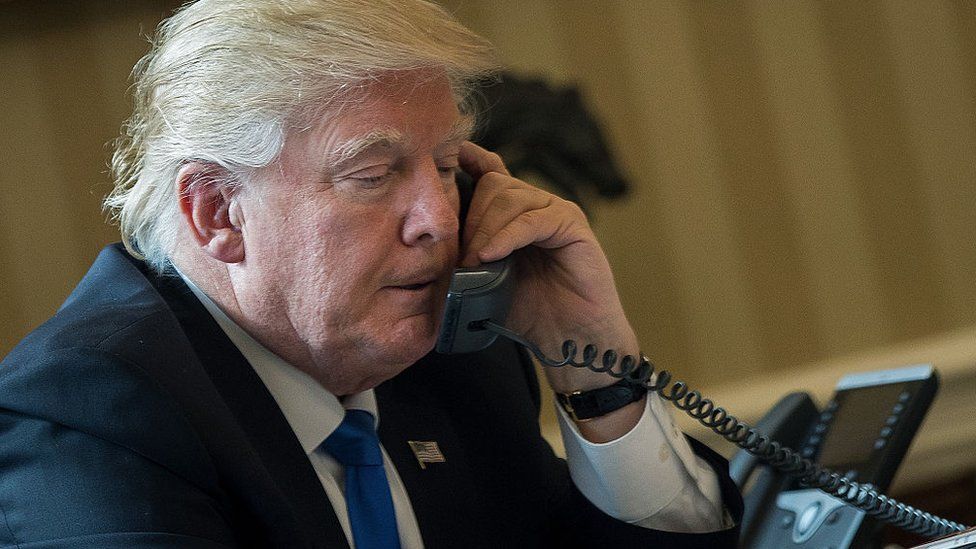The buzz around the Trump Organization’s new smartphone took an unexpected turn recently. Initially, there was a lot of excitement as the company proudly declared that the device would be
“designed and built in the United States.”
This statement was a bold move, emphasizing American manufacturing and craftsmanship.
However, things seem to have shifted since then. The latest update on their website has removed any mention of where the phone will be manufactured or assembled. This change has sparked questions and raised eyebrows among both technology enthusiasts and industry experts.
One prominent tech publication, The Verge, noted this alteration on the Trump phone’s website. Previously, there was a clear timeline indicating a September launch for the device. Now, that information is conspicuously absent, leaving consumers and observers curious about what prompted this revision.
The initial pledge by the Trump Organization to produce the phone domestically had garnered attention and support from those who prioritize products made in the USA. This demographic often values local production for reasons like supporting national industries, ensuring quality control, and boosting job opportunities within their country.
With this recent development, it seems that the narrative around the Trump phone may be evolving. The removal of explicit claims about its origin raises questions about where the device will actually be manufactured. Will it uphold its original promise of being “made in America,
” or are there other factors at play influencing this decision?
Industry analysts are closely monitoring these changes within the smartphone market. Manufacturing locations can significantly impact production costs, supply chain efficiency, and overall product quality. Any shift in where a device is made can have far-reaching implications for both consumers and businesses involved in its creation.
In response to these developments, one expert shared insights into how such alterations can affect consumer perceptions: “
Consumers today are increasingly conscious of where their products come from and how they are made. A shift in manufacturing location can influence purchasing decisions as people seek transparency and authenticity from brands.”
As discussions continue surrounding the origins of the Trump phone, speculation abounds regarding potential reasons behind this strategic adjustment. Could it be related to cost considerations? Or perhaps logistical challenges influenced this decision? Only time will reveal what factors ultimately determined where this new smartphone will call home during its production process.
For now, all eyes remain on the evolving story of Trump’s phone—from its initial promise as a product proudly crafted in America to its current status shrouded in uncertainty about its manufacturing origins.

